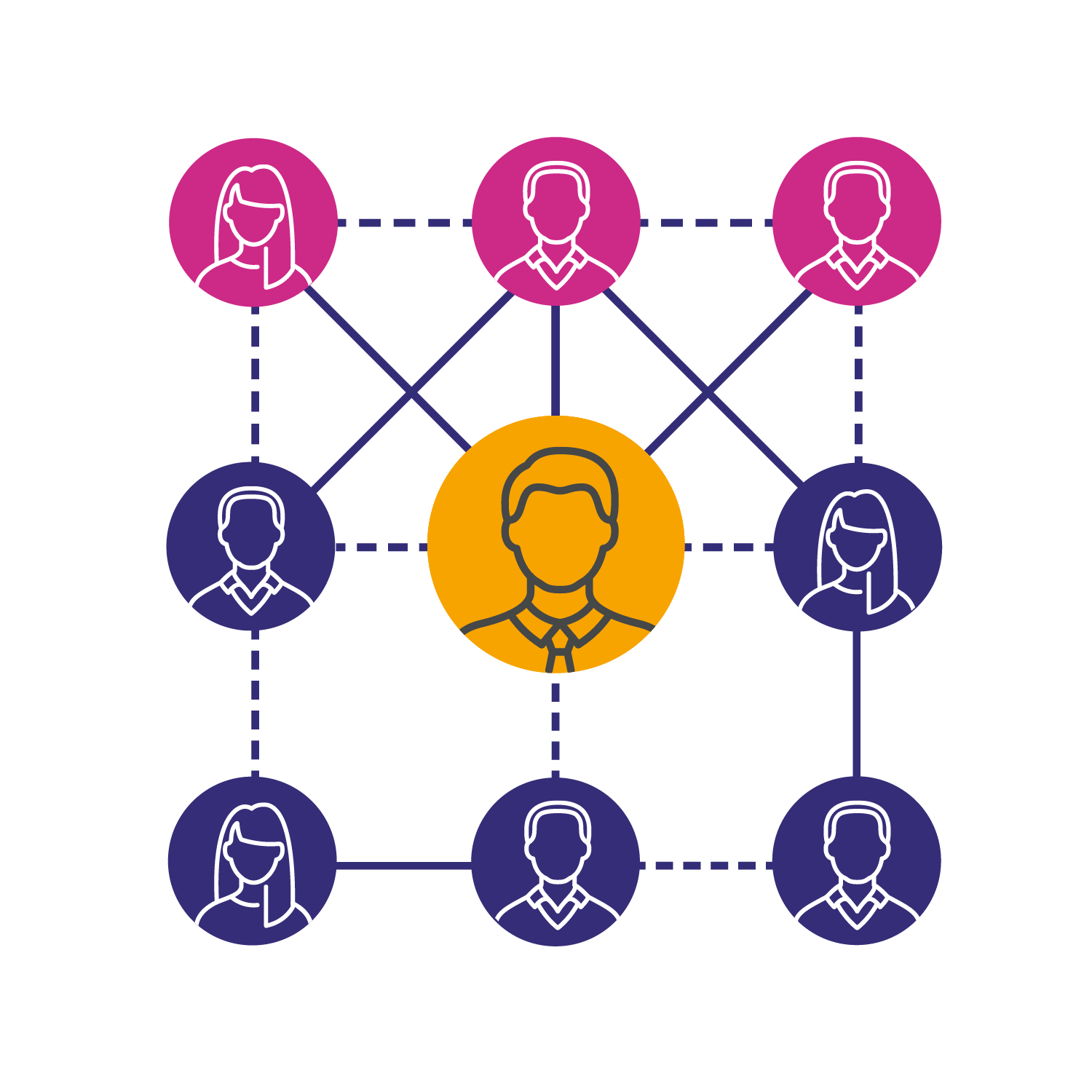One company initiatives on the rise
Having worked in matrix management training for 30 years, now we’ve seen some consistent trends in the use of the matrix. When times are tough such as after the financial crash organisations tend to introduce a “one company” matrix structure in order to be more integrated and coordinated and to share costs.
There are other reasons to introduce a matrix of course, such as the need to serve global customers or run more effective internal processes, but the desire to consolidate often follows tough economic conditions. Companies becoming more integrated during these periods tend to undergo a period of deliberate, or sometimes accidental, centralization.
Today we are seeing a definite increase in companies pursuing “one company initiatives” to unlock synergies.
When times are good it’s rare for companies to abandon the matrix, there are significant advantages in coordinating in some areas, particularly if you’re operating an international or multiple business unit organization. However, the focus does tend to change towards finding more flexibility and agility in the organisation to respond to local customer and colleague needs.
It’s the age-old corporate dance of centralize or decentralize, it rarely makes sense to take either to the extreme, the trick is to work out where it adds value to be centralized and where it adds value to be more decentralised. Centralization is not the fault of the matrix (thought it often gets blame) the matrix is meant to be dynamic and enable us to balance both.
In our work with organizations new to the matrix, we get them to think about how they manage in a way that is both integrated and agile. Sometimes this means deliberately selecting areas that you won’t centralise. Sometimes this means developing the people skills to stay flexible within the matrix structure.
That’s why we updated our book Making the Matrix Work in 2023 and subtitled the second edition “the agile remix”.
You don’t get flexibility by adding more reporting lines, it’s about the behaviours and ways of working, the soft structure of the organization.
If you are pursuing a “one company” strategy, then building the skills both to collaborate in an integrated way and to stay agile and flexible at the same time are essential to achieving your objective.
Find out more about our matrix management training.

Explore our training programs to see how we can help.
Agile & Digital Training Matrix Management Training People and purpose Training Virtual Teams TrainingEducate yourself further with a few more or our online insights:
30 years of experience learning with a range of world class clients
We work with a wide range of clients from global multinationals to recent start-ups. Our audiences span all levels, from CEOs to operational teams around the world. Our tools and programs have been developed for diverse and demanding audiences.

Tailored training or off the shelf modules for your people development needs
We are deep content experts in remote, virtual and hybrid working, matrix management and agile & digital leadership. We are highly flexible in how we deliver our content and ideas. We can tailor content closely to your specific needs or deliver off the shelf bite sized modules based on our existing IP and 30 years of training experience.
For more about how we deliver our keynotes, workshops, live web seminars and online learning.